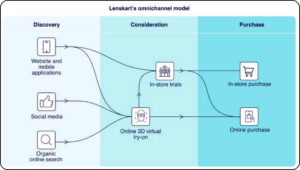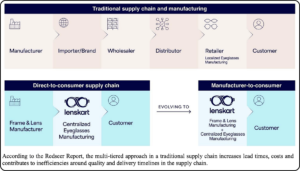BPCL Q1 FY26 Results: A Robust Start to the Financial Year
BPCL shines with a remarkable 141% surge in net profit amid steady revenues and strategic operational efficiencies, signaling resilience and growth in a volatile energy market.
Introduction: Executive Summary of BPCL’s Strong Performance
Bharat Petroleum Corporation Limited (BPCL), a Maharatna PSU in India’s energy sector, has kicked off the financial year 2026 on a high note. The company posted an exceptional 141% increase in consolidated net profit to ₹6,839 crore for the quarter ending June 2025 (Q1 FY26), compared to ₹2,842 crore in the same quarter last year. Despite a modest 1% rise in revenue to ₹1,29,615 crore, BPCL demonstrated significant operational efficiency and margin expansion, underpinning a robust financial health and strong market positioning.
Financial Highlights: Profit Soars While Revenue Holds Steady
• Net Profit: Increased by 141% YoY to ₹6,839 crore, reflecting a significant leap in profitability driven by improved margins and cost controls. Profit has increased 56% from ₹4,392 crore in Q4 FY2025.
• Revenue: Marginally improved by 1.2% YoY to ₹1.29 lakh crore, showing stability amidst fluctuating crude prices and global market volatility.
• EBITDA: Earnings before interest, taxes, depreciation, and amortization surged 68% YoY to ₹10,428 crore, highlighting effective cost management and operational gains.
• Operating Margin: Jumped from 2.68% in Q1 FY25 to 6.32% in Q1 FY26, marking substantial margin enhancement.
• EBITDA Margin: Increased by 160 basis points sequentially to 8.6% from 7% in the previous quarter, although slightly below some analyst expectations.
Operational Efficiency and Capacity Utilization
BPCL recorded a healthy refinery throughput of 10.42 million metric tonnes (MMT) in Q1 FY2026, demonstrating adaptability to market conditions, compared to 10.58 MMT in Q4 FY2025. The company maintained excellent operational discipline with capacity utilization surpassing 120%, contributing to better refining margins. The gross refining margin (GRM), which reflects the difference between refined product sales and crude feedstock costs, stood at $4.88 per barrel. Although lower than $9.2 per barrel in the previous quarter, it still reflected strong operational efficiency, aided by BPCL’s strategic crude sourcing, which included 30–32% Russian crude blending.
Strategic Initiatives Driving Growth and Sustainability
BPCL has been actively pursuing diversification and sustainability goals, aiming for a greener footprint while expanding its core refining business:
• Investment in Renewables: Targeting 10 GW of renewable energy capacity by 2035, BPCL is making strides in green hydrogen and other clean energy projects.
• Capex and Expansion: The company plans a significant capital investment of ₹36,400 crore over five years, including new refinery projects like the Andhra Pradesh refinery, to strengthen self-reliance and capacity.
• ESG Commitment: BPCL is committed to achieving net-zero carbon emissions by 2040, focusing on reducing footprint while supporting India’s transition to cleaner energy and electric vehicles.
Market Context and Outlook
BPCL’s performance in Q1 FY26 demonstrates resilience against the backdrop of global energy market volatility and price fluctuations. The company’s strong financials, robust margins, and strategic investments make it well-equipped to navigate ongoing challenges. Analysts view BPCL as a defensive play in the cyclical energy sector, noting its operational efficiency and ESG-aligned strategy as key competitive advantages.
Conclusion: BPCL’s Growth Momentum Offers Optimistic Prospects
BPCL’s first quarter results for FY26 showcase a blend of profitability, operational strength, and strategic foresight. The significant profit jump amid steady revenues signals effective management and resilience in a competitive environment. With ongoing investments in renewables, capacity expansion, and sustainability, BPCL is positioning itself for long-term growth and leadership in India’s evolving energy landscape. Investors and stakeholders can remain optimistic about BPCL’s ability to sustain its momentum and contribute meaningfully to India’s energy security and green transition.
:
The image added is for representation purposes only












